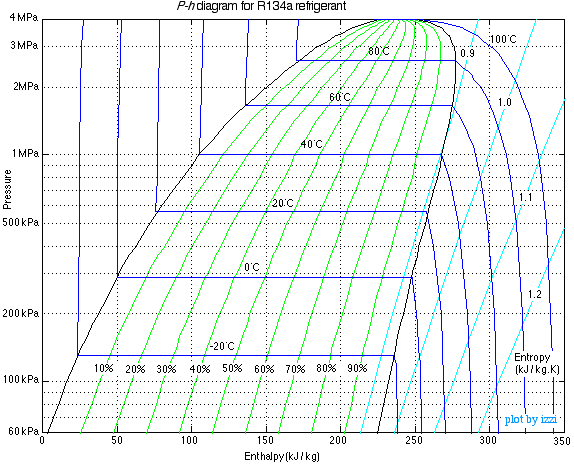- News & information
- About
- History
- George V. Voinovich
- George V. Voinovich Collection
- Calendar
- How to Find Us
- News
- Archives
- Photojournalism Fellowship Project
- Photo Essays
- Current Fellow
- Previous Fellows
- Reports and Publications
- Archives
- Students
- Prospective
- Center for Entrepreneurship
- Environmental Studies
- HTC/Voinovich School Scholars
- Master of Public Administration
- Current
- HTC/Voinovich School Scholars
- Center for Entrepreneurship
- Environmental Studies
- Master of Public Administration
- Alumni
- Contact
- School Leadership
- Strategic Partners Alliance
- Ohio University Public Affairs Advisory Committee
- Ohio University Public Affairs Advisory Committee
- Faculty and Fellows
- Faculty
- Visiting Professors
- Voinovich Fellows
- Professional Staff
Problem 4.14 - The BSU Geothermal Heat Pump System (Wintertime)
Recall Problem 4:13 in which we evaluated the summertime operation of a geothermal heat pump system modeled after the system currently under construction at Ball State University in Indiana. It's purpose is to provide hot water at 65°C year round together with air-conditioning during summer and space heating during winter.
In this exercise we wish to evaluate the system for wintertime operation, in which we wish to provide hot water at 65°C as well as space heating at above 20°C, while the outdoor air temperature could be as low as -10°C. In this operation we introduce two double-port control valves as shown below, to switch between summertime and wintertime operation, in which the geothermal heat source now becomes the evaporating section of the heat pump, and the refrigerant subcooler now heats the water system used for space heating.
Note again that this system was devised by us for purposes of this exercise only, and no data about the system was obtained from BSU. We used the Refrigerant R134a , since this was the only refrigerant for which we had tables available. In fact we had to add new data to our tables, since with a limit of 1.6 MPa we could not reach the required temperature of 65°C. Note that the mass flow and actual power required is not specified, thus this model will represent a system suitable for any size. All energy results will be in units of kJ/kg.
Using the conditions shown on the diagram do the following
-
a) On the P-h diagram provided below carefully plot the five processes of the heat pump together with the following constant temperature lines: 65°C (hot water), 13°C (ground loop), and -10°C (outside air).
-
b) Using the R134a property tables determine the enthalpies at all five stations and verify and indicate their values on the P-h diagram.
-
c) Determine the specific work done to drive the compressor [ -43.8 kJ/kg ].
-
d) Determine the Coefficient of Performance of the hot water heating system (COP HW ) (defined as the heat absorbed by the hot water divided by the specific work done to drive the compressor)[ COP HW = 3.4 ]
-
e) Determine the Coefficient of Performance of the space heating water system (COP HP ) (defined as the heat absorbed by the space heating water in subcooling the refrigerant to 20°C divided by the specific work done to drive the compressor).[ COP HP = 1.56 ]
-
f) In the event that no geothermal ground loop is used to evaporate the refrigerant then the system would need to be redesigned, reducing inlet to the compressor (1) from 360 kPa to 140kPa, saturated vapor, and the compressor outlet (2) to 2.0 MPa, 90°C. Carefully plot this new cycle on the P-h diagram.
-
g) Using the R134a property tables determine the specific work done to drive the compressor under the new conditions presented in 6) above [ -71 kJ/kg ].
-
h) Using the new conditions presented in 6) above determine the Coefficients of Performance of both the hot water and space heating systems and discuss the advantages of using a geothermal ground loop for wintertime operation.[ COP HW = 2.3, COP HP = 0.96 ]

Contact Information:
(740) 593–9381 | Building 21, The Ridges
Ohio University Contact Information:
Ohio University | Athens OH 45701 | 740.593.1000 ADA Compliance | © 2018 Ohio University . All rights reserved.

